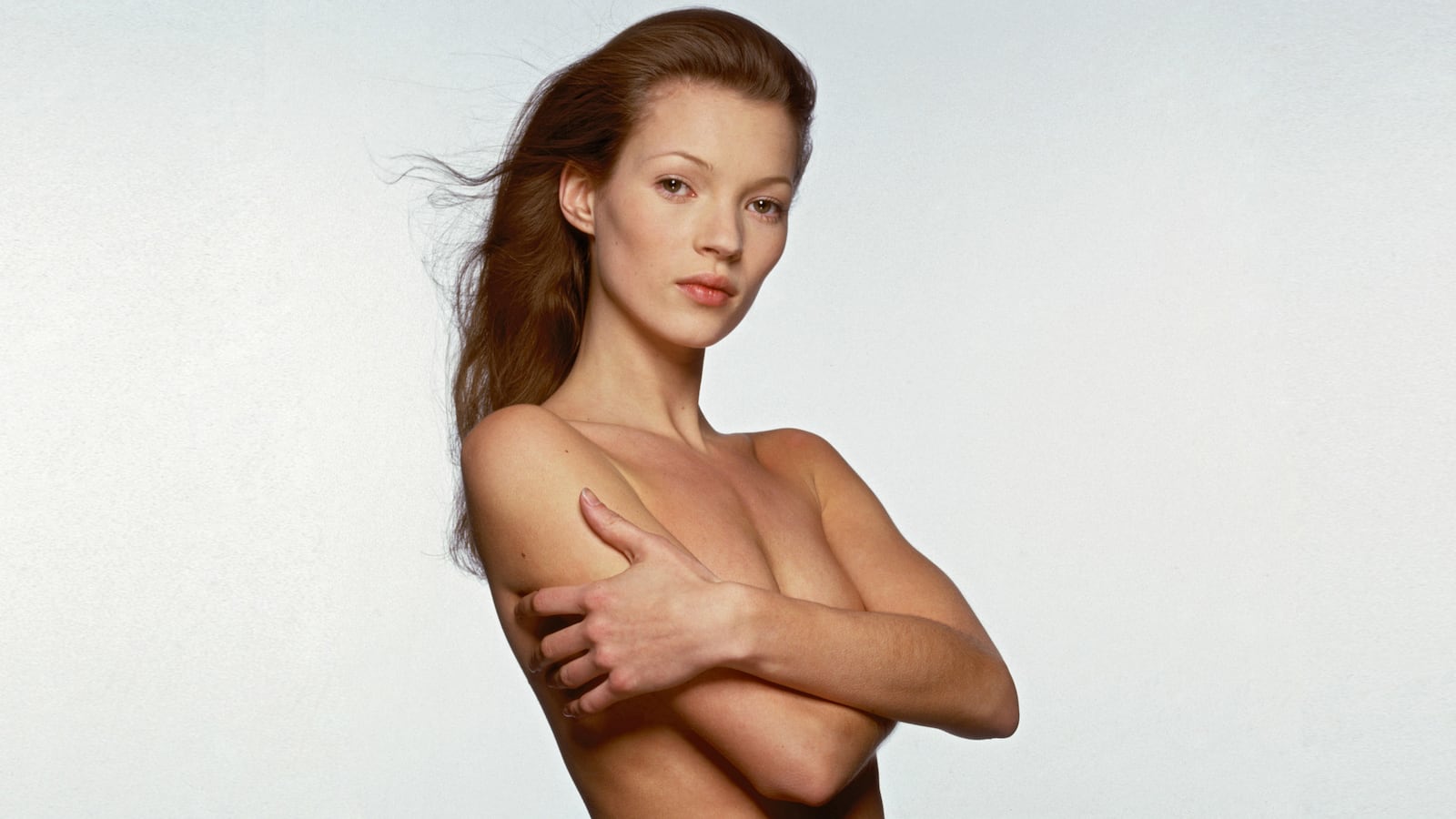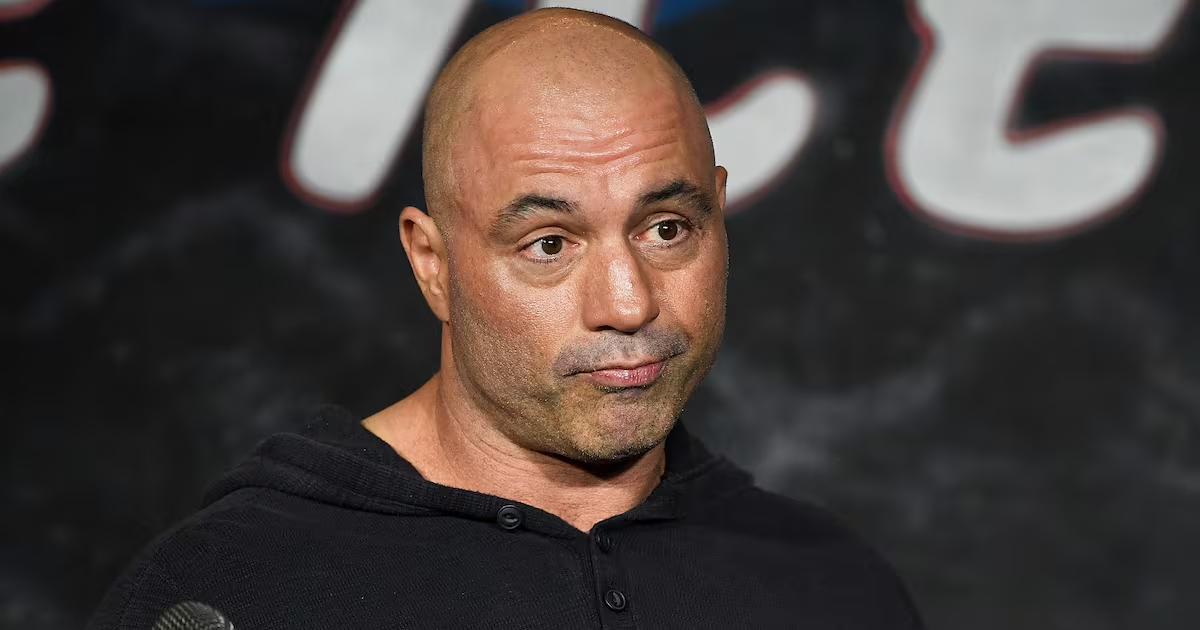Talk to any fashion industry veteran, and the stories of Kate Moss’s wild ways are legendary. Sex and drugs and rock ‘n’ roll have always been an integral part of her story. Throughout her career, tales of wild behavior, random sexual encounters and copious drug use have orbited her waifish figure.
But the paranoid, insular world of fashion has always been careful about protecting its most lucrative stars—and Kate, who can make or break a brand with one look, is fashion’s greatest cash cow. Even after she was busted snorting cocaine in a record studio, perhaps it was no surprise that most of Kate’s wild life remained the stuff of urban legend rather than documented fact.
Until now.
Kate’s unparalleled appetite for sex, drugs and alcohol is one of the central threads of fashion writer Maureen Callahan’s new book, Champagne Supernovas, a juicy and gossipy account of the '90s fashion scene (the phrase, also used in the Oasis song, refers to a drink: a glass of champagne, the rim of which had been dipped in cocaine).
Callahan tells her story through the intertwining narratives of three of the era’s biggest stars—Kate Moss, Marc Jacobs and Alexander McQueen—who, she convincingly argues, changed the face of fashion and culture forever.
The three main characters also function neatly as narrative devices—ex-junkie Jacobs allows for Callahan’s dissection of the industry, the suicidal and increasingly cruel coke-head McQueen represents the art and the darkness which was 90s fashion's beating, creative heart — and happy-go-lucky Moss provides the juice.
The Moss story is the most compelling of the lot. Aged 18, and having been photographed by Corinne Day (the resulting shots had made the cover of British style mag The Face) she was chosen—after Vanessa Paradis turned the gig down—to be the new face of Calvin Klein in 1992.
The resulting campaign not only resurrected the struggling Calvin Klein brand, but it also made a star of Moss, if a somewhat controversial one; protesters, outraged at her skinny appearance, took to scrawling "FEED ME" on the ads.
The flat-chested model’s arrival also marked the beginning of the end of the era of the supermodels, Cindy, Naomi, Christy, Linda. As the hairstylist Sam McKnight is quoted in the book saying, “It was a new wave, and it changed fashion forever.”
But it was a 1993 lingerie shoot for British Vogue, Underexposure—in which Corinne Day shot Kate, all gangly limbs and crooked teeth—which gave rise to the ‘heroin chic’ craze. By the time the CFDA awards rolled round in early 1994, Moss was a bona fide star. At the after-party at the Café Tabac, she met Johnny Depp.
“They had a drink, did some coke, and then went back to his hotel room, where they holed up the next day through a snowstorm,” writes Callahan, adding, “Both had ravenous appetites for alcohol, drugs, cigarettes, sex.”
Moss’s 21st birthday party, thrown for her by Depp at the Viper Room, was interrupted, in a sign of things to come, by the cocaine overdose of another friend, actor Jason Donovan. INXS frontman Michael Hutchence went through his pockets to check he wasn’t still holding any contraband before he was taken to hospital, Callahan writes.
One of the most appealing and frequently commented on attributes of Kate Moss, in this confessional age, is that she does not do interviews and has consequently remained something of an enigma. This is a legacy of her time with Depp, who advised her when it came to the press, “never complain, never explain.”
“I’m uncomfortable publicizing myself as a model,” Moss once said, “I can only say over and over again: ‘That’s what I do,’ and let people make fun of me.”
By 1996, however, things were getting messy. Callahan writes, “Kate was coming apart, her drug use out of control. Depp, who was beginning to slow it down, couldn’t take it. In one sitting she could snort three grams of coke and drink a bottle of vodka, which doctors said was the best liquor for preserving her looks: she put stuff away so hard and fast that her nickname was ‘the Tank.’”
In 1998 they broke up.
Callahan writes, “They had a massive blowup at his house in LA; she thought they had been living there together, but he thought she was crashing. He tried living with her in New York, but that lasted less than six months: as wild as Johnny may have been, even he couldn’t take the partying and clinginess. According to a friend he told Kate she was ‘a crazy bitch,’ and they were done. Kate couldn’t believe it.”
"Johnny broke her heart,” the friend tells Callahan. “She went mad.”
After her break-up with Depp, Moss threw herself into partying with what London tabloids called “the Primrose Hill set,” a group of actors and musicians who coalesced around Sadie Frost and her husband Jude Law.
Callahan quotes an unnamed friend from those days who tells her that Frost “began to fall in love” with Moss and that when she told Law that she had been “hooking up” with Moss, “he became excited by it; the three became entangled.”
Callahan adds, “Kate often slept with her friends’ boyfriends, and actress Patsy Kensit forbade then-husband Liam Gallagher from being alone with Kate after learning they’d spent the night together.
“Minor pop star Pearl Lowe and her boyfriend Danny Goffey of Supergrass, were also involved with Sadie and Jude: as Jude denied and Pearl did not, Sadie slept with Danny and Pearl with Jude, until Jude fell in love with Pearl. The swapping stopped. All of it, Pearl later admitted, was fueled by booze and drugs.”
After a tearful dinner with Noel Gallagher (of Oasis-fame) and Meg Mathews in November 1998, Moss checked into the Priory for the first time.
Callahan claims that within weeks of leaving the Priory, Moss “got back on drugs.”
Callahan writes, “Sexually, Kate appeared more out of control than ever: one account has her as the supermodel who’d attend a party and station herself outside the bathroom door yelling, ‘Anyone want a fuck?’”
For her thirtieth birthday, in 2004, Callahan writes, “Kate threw a wild party themed to F. Scott Fitzgerald’s The Beautiful and the Damned, and the accounts that emerged remain the stuff of legend: Kate and Naomi Campbell disappearing together for 40 minutes. Gwyneth Paltrow, scandalized, fleeing swiftly. The after party in a suite at Claridge’s, with champagne and cigarette smoke and group sex in the main bedroom. ‘Kate went in and out,’ says a friend who claims to have attended. Sadie was in there, and models, and Ronnie Wood.’”
Kate’s entourage began calling lost time with her “getting Mossed.”
But in 2005, when pictures of her taking cocaine with Pete Doherty, from the band the Libertines, appeared on the front page of British tabloid, the Mirror, everything came crashing down. Despite the fact she apologized and went to rehab, she lost nearly all of her contracts.
It was a dramatic end to an indulgent era, and Callahan’s story ends there, although she adds a brief postscript mentioning that Moss bounced back from her drugs shaming, winning back those contracts and more, launching a line for TopShop in 2007 and being named Contributing Fashion Editor at British Vogue in 2013.
But it is the drug-fuelled excess and indulgence of the 90s that Kate’s story captures so perfectly. You might not fully approve. You might, like Gwyneth Paltrow, be scandalized—but you also can’t help wishing you were there.





